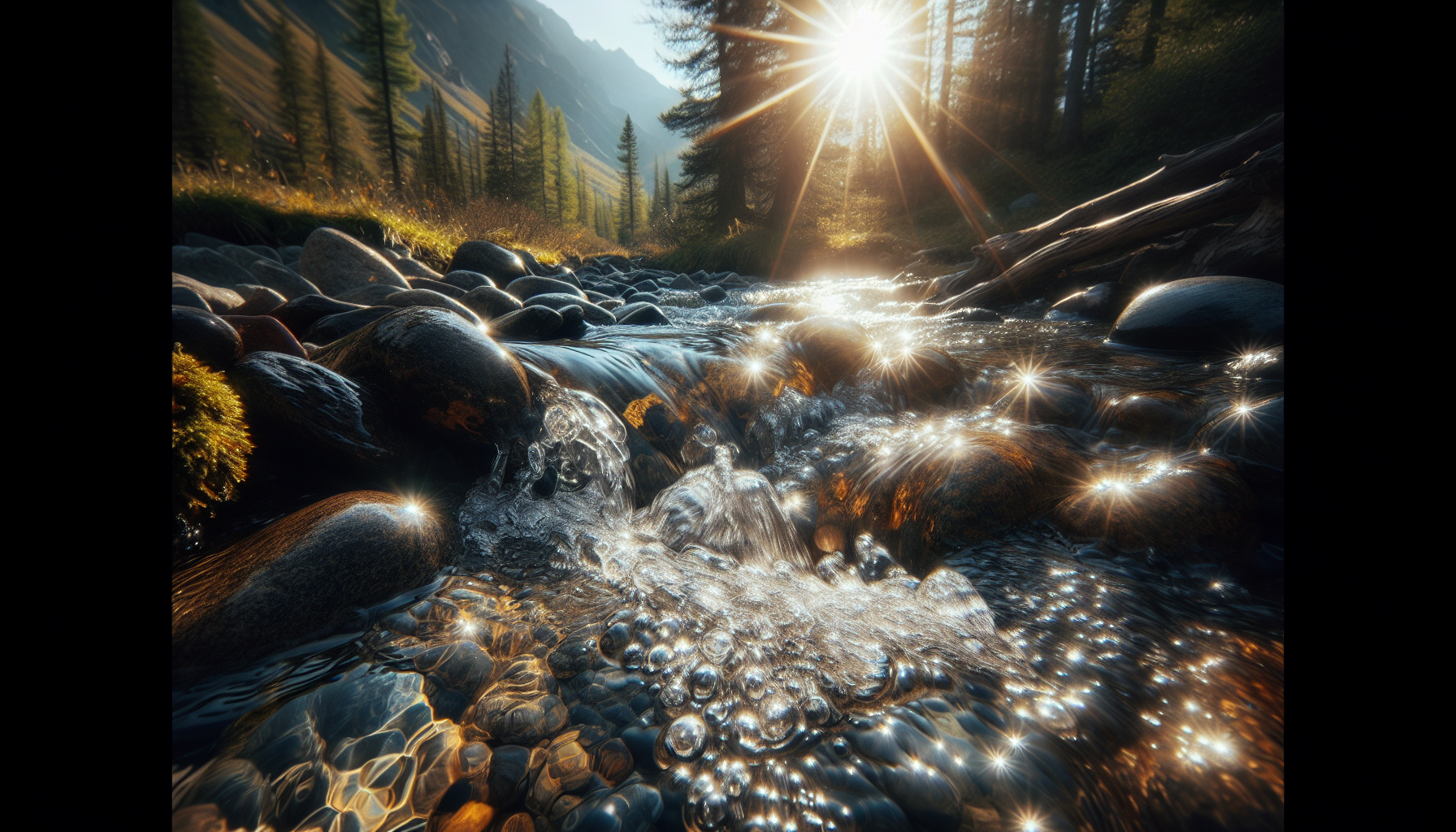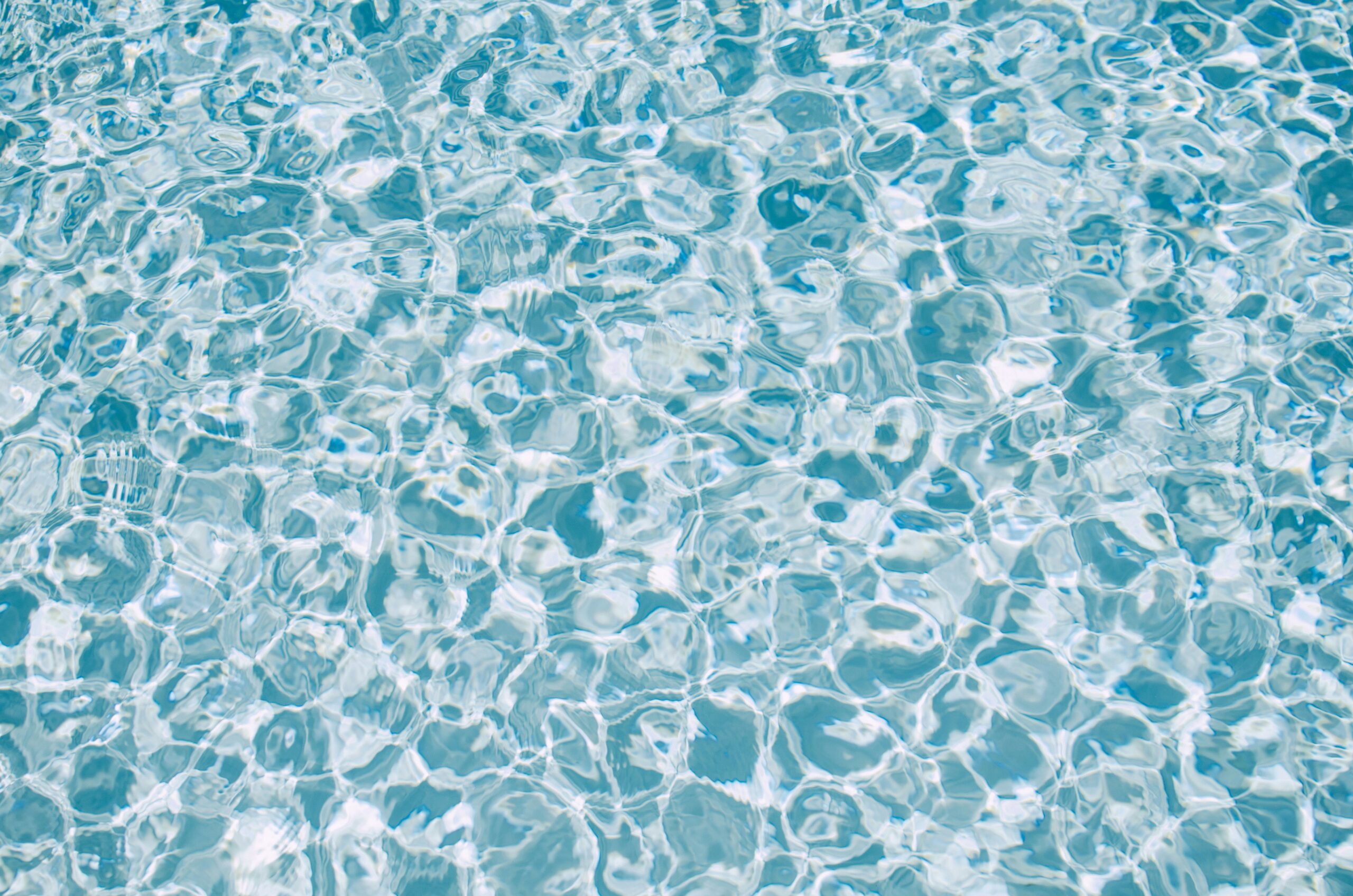Imagine you’re out in the wild, surrounded by nature’s beauty and adventure. The only challenge? Finding safe drinking water sources. In this article, we’ll explore some useful tips and techniques to help you identify safe drinking water sources in the great outdoors. From observing natural indicators to utilizing portable water filters, we’ve got you covered with all the information you need to quench your thirst safely in the wild. Let’s embark on this journey together and ensure your hydration is never compromised!
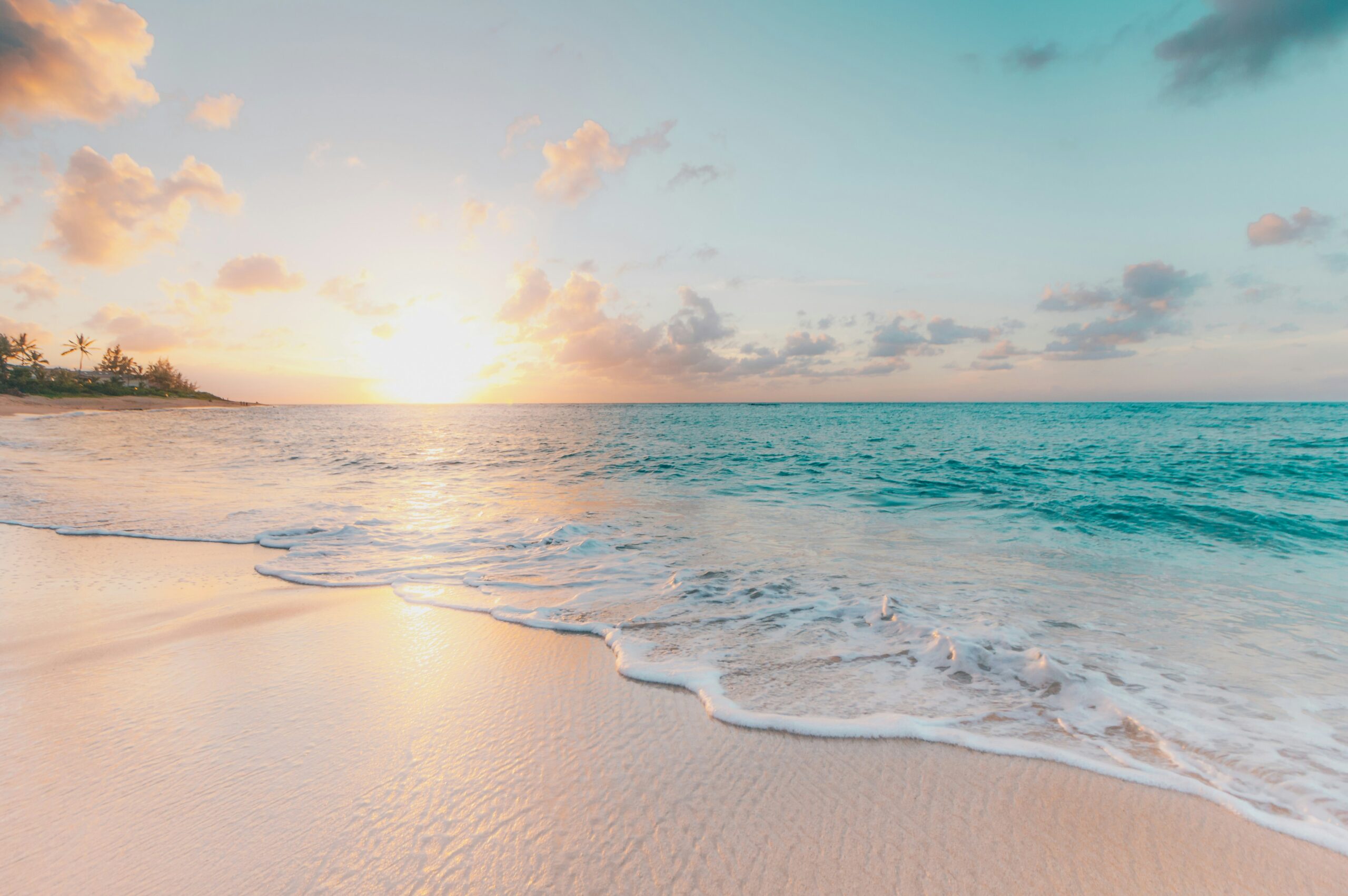
Determining the Need for Safe Drinking Water
Before exploring the different methods of identifying safe drinking water sources in the wild, it is essential to recognize the importance of clean water and assess the availability of safe water in your surroundings.
Assessing the Availability of Safe Water
In a wilderness setting, finding safe drinking water is crucial for your survival. You must first evaluate the availability of water sources nearby. Look for natural water features such as rivers, streams, lakes, or ponds. It’s important to remember that not all water sources are safe to drink from, so further evaluation is necessary.
Recognizing the Importance of Clean Water in the Wild
Clean water is essential for your well-being and overall health, especially in the wilderness, where waterborne contaminants can pose significant risks. It is vital to understand the potential health hazards associated with contaminated water and take necessary precautions to ensure your safety.
Understanding the Risks of Contaminated Water
Contaminated water can harbor various harmful pollutants that may pose serious health risks. It is essential to identify common waterborne contaminants and recognize the potential hazards they can cause.
Identifying Common Waterborne Contaminants
Water sources in the wild can be contaminated with bacteria, parasites, viruses, and chemicals. Common waterborne contaminants include Giardia, E. coli, Cryptosporidium, pesticides, and heavy metals. These contaminants can cause severe gastrointestinal issues, dehydration, and even long-term health problems if ingested.
Recognizing the Potential Health Hazards
Consuming contaminated water can lead to illnesses such as diarrhea, vomiting, and abdominal cramps. In more severe cases, it can result in dehydration, compromised immune function, and long-lasting health complications. It is crucial to be aware of these potential health hazards and take appropriate steps to mitigate the risks.
Locating Potential Water Sources
Once you understand the risks of contaminated water, you need to locate potential water sources in your surroundings. Here are some tips to help you find water in the wild.
Scanning the Terrain for Natural Water Features
Look for natural water features like rivers, streams, and lakes. These are often the easiest and most reliable water sources. They are more likely to be replenished and less prone to contamination compared to stagnant water sources.
Looking for Signs of Animal Activity
Wildlife often relies on water sources, so looking for signs of animal activity can guide you toward potential water sources. Animal tracks, paths, or droppings near a water source indicate its availability.
Evaluating Water Sources
After locating potential water sources, it is crucial to evaluate their suitability for drinking. Assessing the appearance, odor, taste, and using filtration techniques can help determine if the water is safe to consume.
Examining the Appearance of the Water
Inspect the water’s appearance for any signs of contamination. Clear or slightly cloudy water is generally safer than water that appears discolored or has visible particles. However, visual inspection alone is not sufficient to ensure safety.
Assessing the Odor and Taste of the Water
Evaluate the odor and taste of the water. Foul smells or unpleasant tastes may indicate the presence of contaminants. If the water has an unusual or chemical-like odor, it is advisable to avoid consuming it.
Using Simple Filtration Techniques
If the water source appears to be contaminated or if you are unsure of its safety, you can employ simple filtration techniques. Filtering water through a cloth, a bandana, or using improvised filters made of sand, charcoal, and gravel can help remove some impurities. However, note that these methods are not foolproof and may not eliminate all contaminants.

Methods of Water Disinfection
If you have located a water source but still have concerns about its safety, there are various methods of water disinfection that you can employ to make it potable.
Boiling Water
Boiling water is one of the most effective methods of disinfection. By bringing the water to a rolling boil for at least one minute (or longer at higher altitudes), you can kill most pathogens. Allow the water to cool before consuming it.
Using Chemical Disinfectants
Chemical disinfectants, such as chlorine or iodine-based tablets or liquid drops, can be used to treat water and eliminate contaminants. Follow the instructions provided with the disinfectant carefully to ensure effective disinfection.
Water Purification Tablets
Water purification tablets are a convenient and reliable option for disinfecting water. These tablets typically contain disinfecting agents like chlorine dioxide and can neutralize a wide range of contaminants. It is important to carefully read and follow the instructions to ensure proper usage.
Filtering Water in the Wild
In addition to disinfection methods, using filtration systems is another option for ensuring safe drinking water in the wild.
Improvised Filtration Methods
If you have access to basic materials like cloth, sand, charcoal, or gravel, you can construct improvised filters to remove larger particles and some bacteria from the water. Layering different materials can enhance the effectiveness of the filtration.
Portable Water Filters
Carrying a portable water filter is a highly recommended option for reliable water filtration in the wild. These filters are designed specifically to remove a wide range of contaminants and provide you with safe drinking water. Look for filters that are easy to use, lightweight, and compact for outdoor adventures.
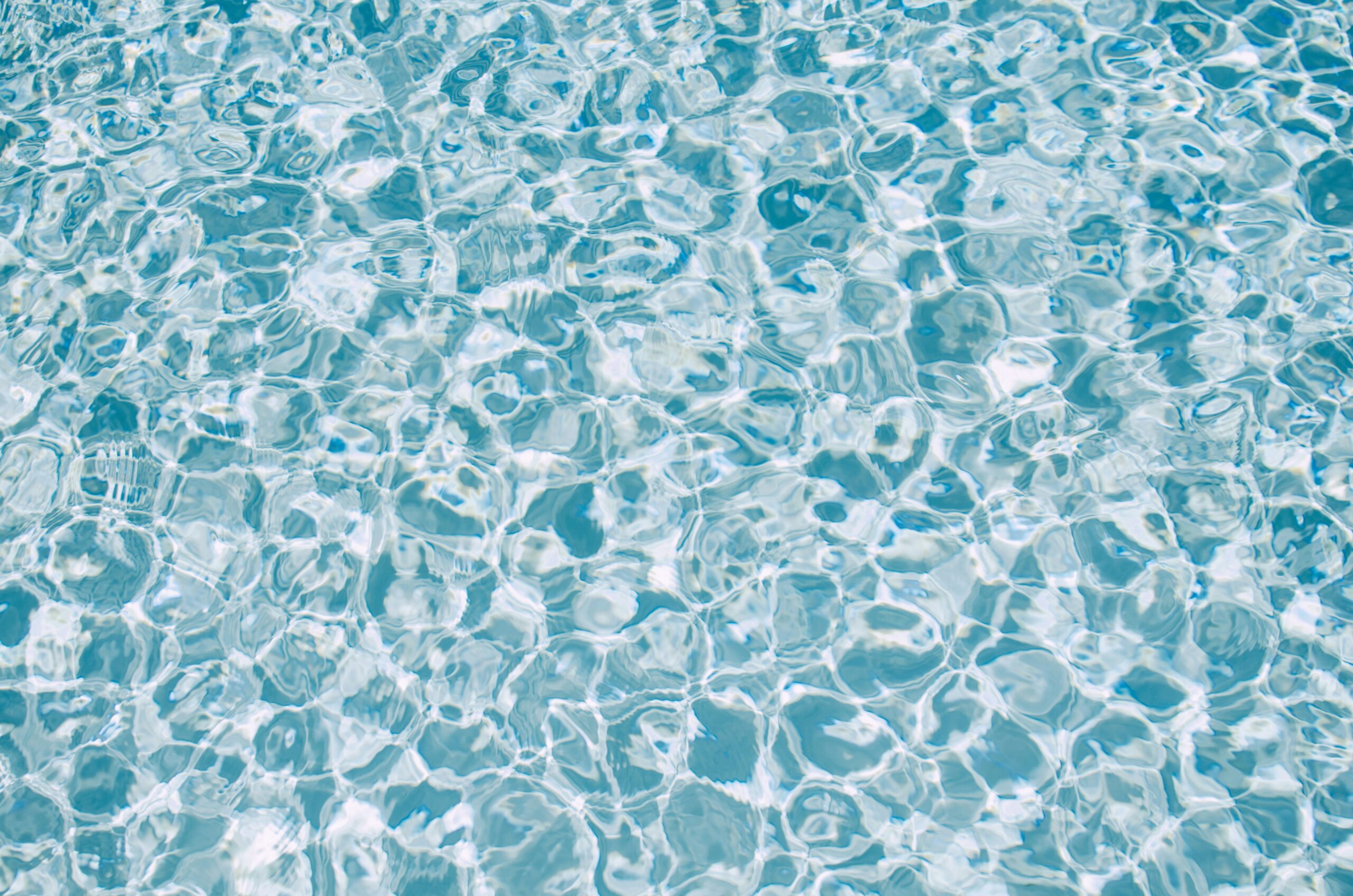
Collecting and Storing Water Safely
Once you have identified and ensured the safety of a water source, it is essential to collect and store the water properly to maintain its purity.
Selecting Appropriate Containers
Use clean, food-grade containers to collect and store water. Avoid using containers that have previously held chemicals or non-food substances, as they may contaminate the water. Make sure the containers have secure lids to prevent any external contaminants from entering.
Avoiding Cross-Contamination
Prevent cross-contamination by avoiding direct contact between the water source and the container’s rim. Pour the water carefully without touching the containers to minimize the risk of introducing any contaminants.
Alternative Water Sources
In some situations, when natural water sources are scarce or unavailable, you may need to explore alternative water sources.
Rainwater Catchment
Rainwater catchment involves collecting and storing rainwater for future use. By setting up a simple rain catchment system using a tarp or other waterproof materials, you can collect rainwater during rainfall events.
Dew Collection
Dew collection is an option when water sources are limited, especially in arid conditions. It involves collecting dew from plants or other surfaces in the early morning hours using absorbent materials such as clothing or sponges.
Transpiration Bag
A transpiration bag is an effective method to extract water from plants in hot and sunny conditions. By securing a clear plastic bag over a leafy branch and capturing the water that condenses inside the bag, you can obtain safe drinking water.
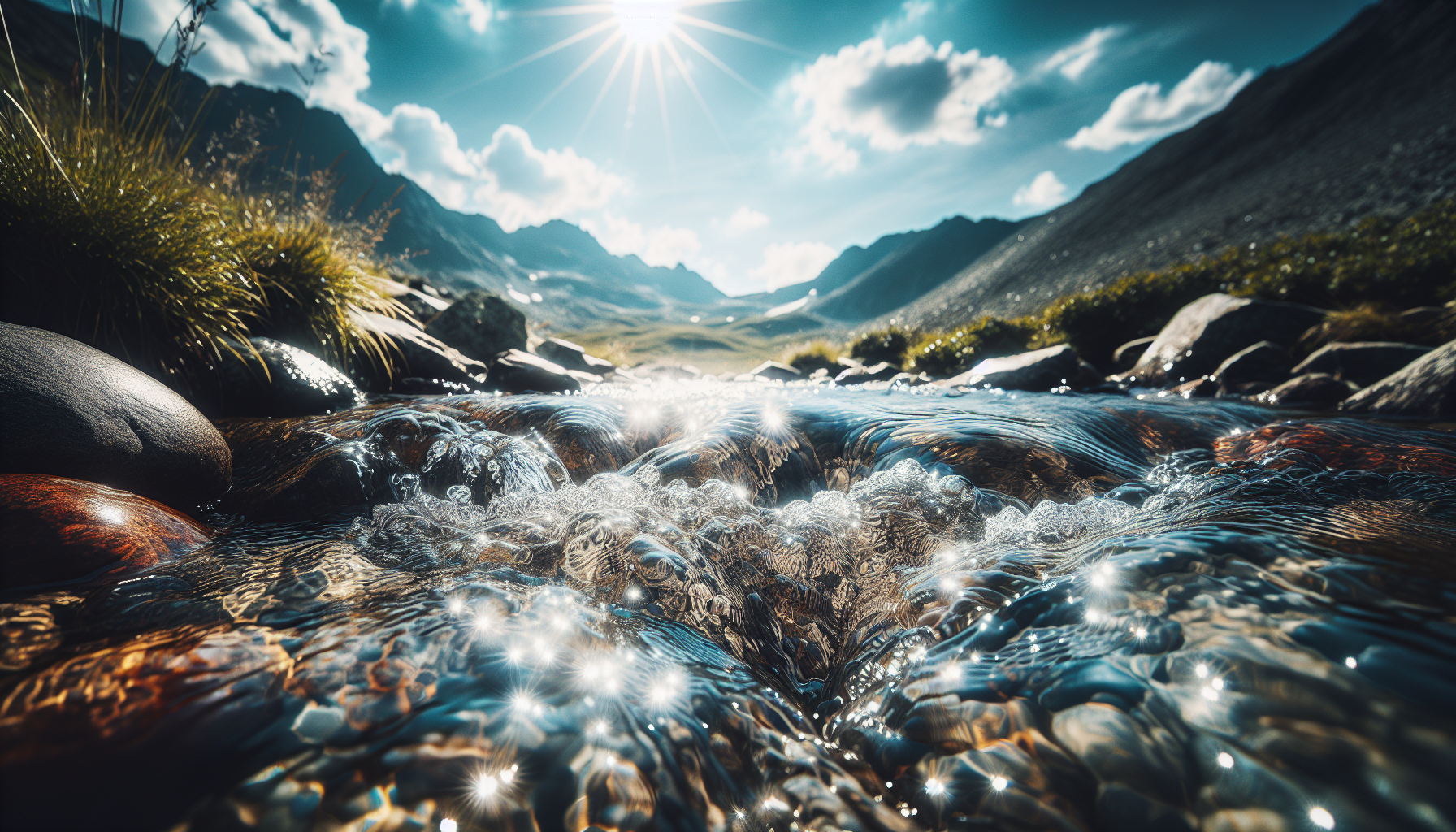
Emergency Water Sources
In emergency situations, when natural water sources are not readily available, there are several alternatives you can consider.
Natural Reservoirs
Natural reservoirs like caves, depressions in rocks, or holes in trees can sometimes retain water. These reservoirs can be an emergency water source, but it is crucial to evaluate their cleanliness before consuming the water.
Underground Springs
Underground springs are another potential source of emergency water. They can be found by looking for areas where the ground is damp or where vegetation appears healthier and greener compared to the surrounding area.
Wildlife-Free Water Gathering
If you are concerned about sharing water sources with wildlife or need to collect water in a wildlife-free environment, there are specialized techniques you can employ.
Condensation Gathering Technique
The condensation gathering technique involves using a plastic bag or container to capture water vapor in the air. By tightly securing the bag around a leafy branch or vegetation, you can create a condensation point, causing water droplets to collect and accumulate.
Solar Still Method
The solar still method is another effective way to gather water in a wildlife-free manner. By digging a hole in the ground and placing a container in the center, you can cover the hole with a clear plastic sheet and secure the edges. As the sun heats the ground and evaporates moisture, it condenses on the plastic sheet and drips into the container.
Identifying safe drinking water sources in the wild is essential for your survival and well-being. By understanding the risks of contaminated water, locating potential water sources, evaluating their suitability, and employing appropriate disinfection and filtration methods, you can ensure access to clean and safe drinking water in outdoor settings. Remember to always prioritize your health and take necessary precautions to avoid dehydration and waterborne illnesses in the wilderness. Stay safe and enjoy your outdoor adventures responsibly!
